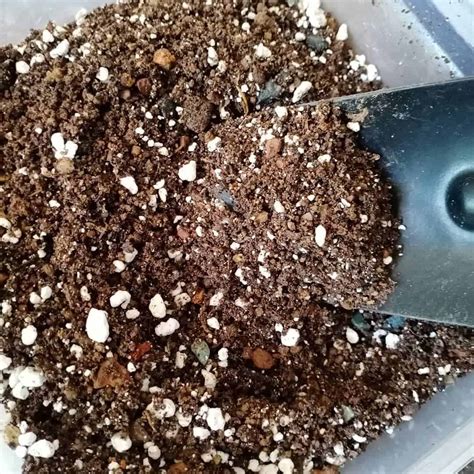When it comes to planting bamboo in containers, the first step is to fill the container with a rich, well-draining potting soil. Ensure the bamboo’s root ball is level with the soil’s surface. It’s important to choose containers like the FairyLavie White Ceramic Succulent Plant Pots (search), which come with drainage holes and a bamboo tray. This is crucial for maintaining the health of the bamboo.

Container plants like bamboo need repotting or compost refreshing over time, as composts lose their structure. When moving your bamboo to a new container, position it slightly lower than its original pot level. Dig a hole twice the size of the plant’s root ball and place it about 1 inch deeper than its original pot. Backfill with a soil mixture, tamping as you go, to ensure the soil level is even with the root ball’s top edge.
Bamboo, being tall and narrow, is ideal for balconies and patios where space is limited. They require more care than those grown in borders. Fargesia Rufa, for example, can reach a height of 3 meters under ideal conditions and is perfect for small gardens. Planting the bamboo correctly involves gently removing it from its nursery pot, loosening the root ball, and planting it in the prepared soil.
When it comes to watering, remember that bamboo, being an evergreen plant, loses moisture through its leaves even in winter. Therefore, container-grown bamboo needs more frequent watering compared to those planted in the ground. For a stable structure, consider adding extra gravel or rocks to the bottom of the pot. Additionally, if your bamboo becomes too clumpy, thin it out by removing some of the wider stems on the outside.

